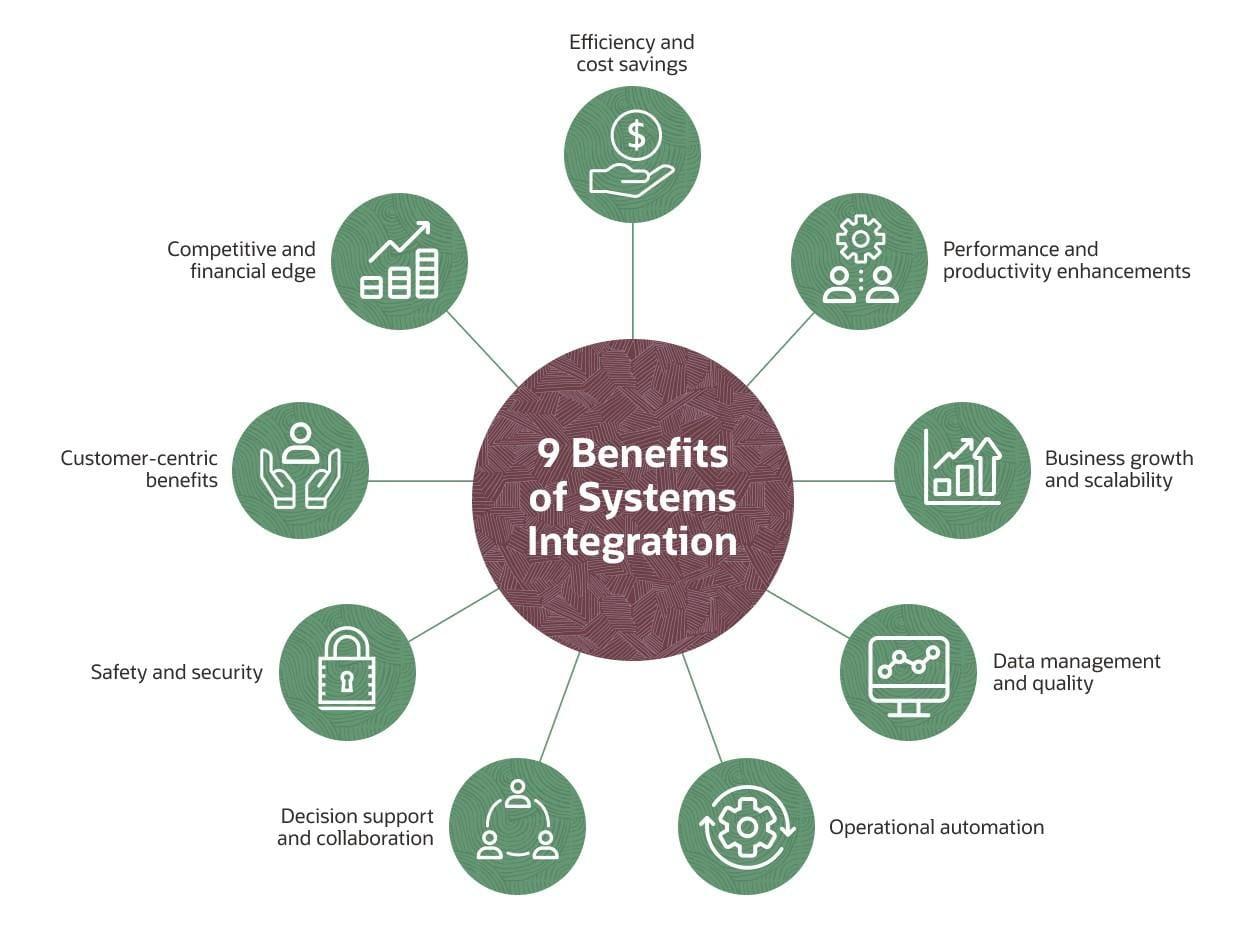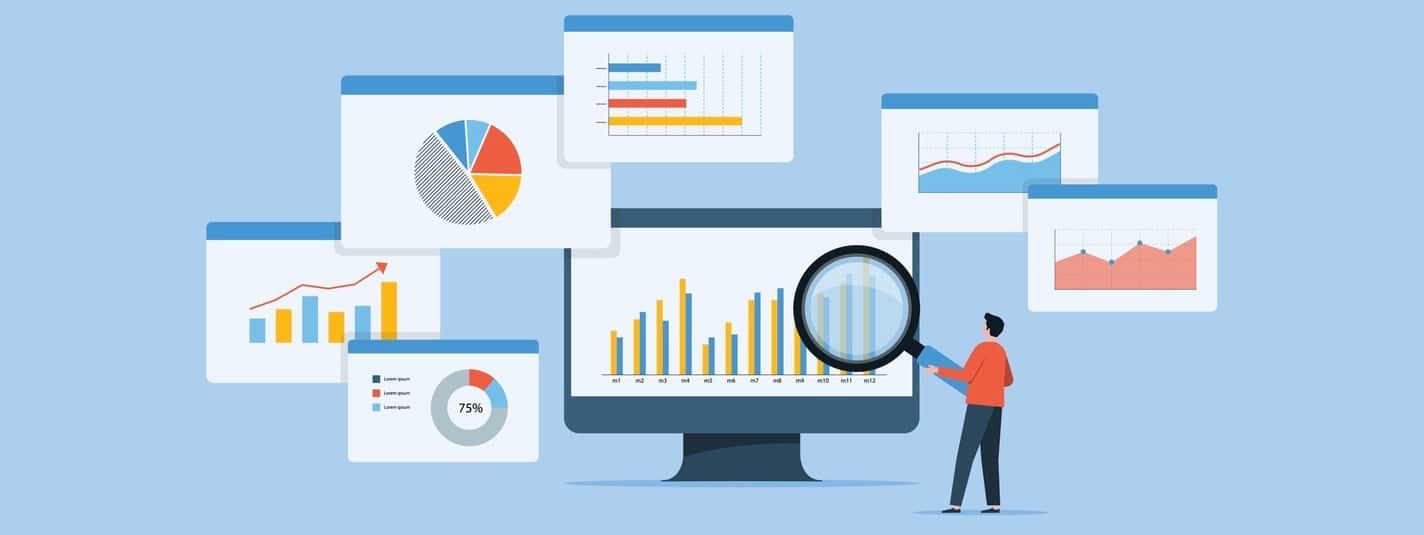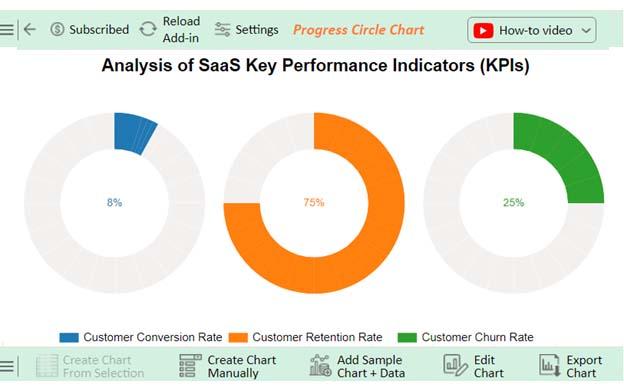Maximizing Efficiency: Strategies for SaaS Performance Boosts
In today’s fast-paced digital landscape, businesses increasingly rely on Software as a Service (SaaS) solutions to streamline operations, enhance collaboration, and drive innovation. Yet, as organizations scale and their demands evolve, the efficiency of these cloud-based services can often become a bottleneck rather than a catalyst for growth. The challenge lies not only in selecting the right tools but also in optimizing them for peak performance in an ever-changing environment. In this article, we’ll explore a variety of practical strategies designed to maximize SaaS efficiency, empowering businesses to unlock their full potential while ensuring seamless performance. From refining workflows and leveraging data analytics to fostering a culture of continuous improvement, join us as we delve into the art and science of boosting SaaS productivity—turning constraints into opportunities for success.
Harnessing Cloud Scalability for Superior Performance
In today’s dynamic digital landscape, leveraging cloud scalability can lead to significant enhancements in performance for Software as a Service (SaaS) applications. By utilizing the ability to scale resources up or down based on real-time demand, businesses can avoid the pitfalls of overprovisioning and underutilization. Some key advantages include:
- Cost Efficiency: Pay only for what you need, reducing unnecessary expenditure.
- Improved Load Management: Seamlessly handle traffic spikes without degrading service quality.
- Global Reach: Effortlessly deploy applications across multiple regions to enhance user experience.
To harness cloud scalability effectively, organizations should implement strategies such as auto-scaling configurations and microservices architecture. Auto-scaling allows automatic adjustment of resources in response to fluctuations in traffic, while a microservices approach enables discrete functions to operate independently, reducing the risk of system-wide failures. Consider the following comparison of different scaling strategies:
| Scaling Strategy | Advantages | Disadvantages |
|---|---|---|
| Vertical Scaling | Easy to implement; no major changes needed | Limits exist in hardware upgrades; potential downtime |
| Horizontal Scaling | Higher resilience; better handling of load | Complex to manage; requires advanced orchestration |
| Auto-Scaling | Dynamic resource allocation; cost-effective | Requires proper configuration and monitoring |

Streamlining User Experience Through Intuitive Design
Intuitive design is the cornerstone of an exceptional user experience, particularly in the realm of SaaS applications. When users encounter an interface that seamlessly guides them through tasks, they are far more likely to engage and achieve their goals without frustration. Key elements to consider for enhancing intuitive design include:
- Clarity: Ensure that all icons and labels are easily understandable.
- Consistency: Maintain uniform styles and functions throughout the application to avoid confusion.
- Accessibility: Cater to a diverse user base by implementing features that are usable for individuals with varying abilities.
Furthermore, leveraging user feedback is crucial for refining the user experience. Implementing a systematic approach to gather and analyze user insights not only aids in identifying pain points but also illuminates areas for enhancement. Consider utilizing the following strategies:
| Strategy | Description |
|---|---|
| User Testing | Conduct sessions to observe real-time user interactions with the interface. |
| Surveys | Distribute questionnaires post-interaction to gather quantitative data on user satisfaction. |
| Feature Prioritization | Identify and prioritize enhancements based on user requests and feedback trends. |

Optimizing System Integration for Seamless Functionality
Integrating multiple systems can often result in friction, hindering your SaaS application performance. To combat these challenges and ensure a smooth operation, consider adopting API-driven architectures. This allows for scalable interactions between different software solutions, enhancing flexibility and responsiveness. By focusing on modular design, each component can evolve independently, reducing downtime during updates or changes. Imagine a scenario where a payment processor and a user management system gracefully communicate without any manual intervention – that’s the power of effective integration!
Furthermore, data synchronization plays a crucial role in maintaining accuracy across platforms. Utilizing real-time data processing technologies can eliminate delays and discrepancies, fostering trust and transparency with users. Here are a few critical strategies to enhance integration:
- Implement webhooks for instant notifications between systems.
- Utilize middleware solutions to simplify connections between disparate applications.
- Regularly audit and optimize data flow to enhance performance.
Consider this simple table outlining common integration challenges and their solutions:
| Challenge | Solution |
|---|---|
| Data inconsistency | Real-time synchronization |
| System compatibility | API standardization |
| High latency | Efficient data caching |

Implementing Data-Driven Insights for Continuous Improvement
To leverage data effectively, it is crucial to establish a systematic approach for collecting, analyzing, and implementing insights across various aspects of your SaaS operations. Begin by integrating advanced analytics tools that aggregate data from user interactions, system performance metrics, and customer feedback. These insights can then be transformed into actionable strategies that enhance product offerings and user experience. Consider the following tactics to ensure a robust feedback loop:
- Regularly assess user behavior: Utilize heat maps and user flow analytics to pinpoint areas for improvement.
- Engage in A/B testing: Test different features systematically to identify the most effective configurations.
- Monitor performance metrics: Keep an eye on uptime, loading speeds, and response times to maintain optimal functionality.
Moreover, creating a culture of continuous improvement requires dedication and collaboration across your team. Establishing regular review sessions to discuss data findings can foster a proactive approach to problem-solving. Use the insights gathered to prioritize feature enhancements and troubleshooting efforts, ensuring your product evolves in alignment with user needs and technological advancements. To visualize the impact of your initiatives, consider documenting key performance indicators (KPIs) in a clear format:
| KPI | Current Value | Target Value |
|---|---|---|
| User Retention Rate | 78% | 85% |
| Average Response Time | 200ms | 100ms |
| Monthly Active Users | 50,000 | 75,000 |
Closing Remarks
As we draw the curtain on our exploration of maximizing efficiency in SaaS performance, it becomes evident that the journey to optimal productivity is both a science and an art. Just as a finely tuned orchestra requires collaboration and harmony among its musicians, so too does your SaaS ecosystem thrive on a blend of thoughtful strategies, meticulous monitoring, and proactive adaptation.
By embracing the tools and tactics discussed—from performance analytics and cost management to user feedback and automation—you are well on your way to unlocking sustainable growth and achieving a competitive edge. Remember, efficiency is not a destination but an ongoing process of refinement and discovery.
As you implement these strategies, may your SaaS solutions not only perform better but also deliver value that resonates with users, propelling your business toward new heights. The world of SaaS is ever-evolving, and with it comes the promise of innovation and opportunity. So, gear up, stay curious, and continue your quest for excellence. The potential for performance boosts is limited only by your imagination and willingness to adapt. Happy optimizing!



